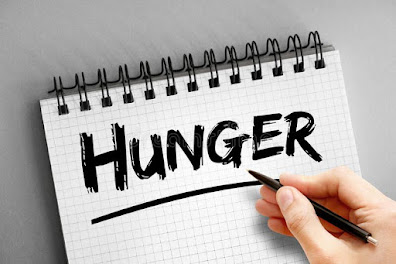Dilip Kumar, the remainder of a magistrate of entertainers who managed Hindi cinema.Dilip Kumar, unique name Muhammad Yusuf Khan, (conceived December 11, 1922, Peshawar, British India [now in Pakistan]—kicked the bucket July 7, 2021, Mumbai, India), one of the unbelievable entertainers of Bollywood.Dilip Kumar, the first Khan of Bollywood, has almost 60 films surprisingly during a profession spreading over sixty years.
Daag (1952)
Dilip Kumar won the first-historically speaking honor in the Best Actor classification for his presentation in this film.Devdas (1955)
In light of the Saratchandra Chattopadhyay novella, the story is about a shocking sweetheart played by Dilip Kumar. This is viewed as perhaps the best execution. Devdas was likewise positioned number 2 on University of Iowa's List of Top 10 Bollywood Films by Corey K. Creekmur.
Naya Daur (1957)
Ths BR Chopra's film won both business and basic success.Kumar in various hits playing an assortment of parts in films Jogan (1950), Babul (1950), Tarana (1951), Deedar (1951), Aan (1952), Footpath (1953) and Amar (1954). Kumar won the first-historically speaking Filmfare Award in the Best Actor class for his exhibition in 1954 delivery Daag. After two years, Kumar showed up as a rich man named Azaad in dramatization Azaad, which acquired him the Filmfare Best Actor Award. Later he featured as a discouraged sweetheart in Devdas, which again acquired him the Filmfare Best Actor Award for the back to back year
Additionally Read | Dilip Kumar, the incredible entertainer of Bollywood: His top exchanges
Madhumati (1958)
The well known film by Bimal Roy featured Dilip Kumar and Vyjayantimala. It was perhaps the most punctual film to manage resurrection and had a gothic noir feel to it.Mughal-e-Azam (1960)
An authentic show in which he assumed the part of Prince Salim and carried another measurement to the adoration scenes he sanctioned with Madhubala, who played Anarkali.
Ganga Jamuna (1961)
This was the solitary film created by Dilip Kumar. The story set around a guiltless man who is compelled to turn into a dacoit. Dilip Kumar did maybe probably the best part in the film.
Likewise Read | Dilip Kumar: 10 best melodies including the 'Principal Khan' of Bollywood
Ram Aur Shyam (1967)
After a terrible spell in the cinematic world, Dilip Kumar returned with a bang with the hit film Ram Aur Shyam.
Shakti (1982)
It was prominent for being the solitary film to highlight veteran entertainers Dilip Kumar and Amitabh Bachchan together on screen. The movie is viewed as chief Ramesh Sippy's best work and is considered as perhaps the best film throughout the entire existence of film.
Mashaal (1984)
Dilip Kumar played a regarded, honest resident who goes to wrongdoing for retribution.
Karma (1986)
The film rejoined Subhash Ghai and Dilip Kumar after the accomplishment of their last film together Vidhaata (1982). It was the first run through Dilip Kumar was matched with Nutan.The 1950s saw Kumar in various hits playing an assortment of parts in films Jogan (1950), Babul (1950), Tarana (1951), Deedar (1951), Aan (1952), Footpath (1953) and Amar (1954). Kumar won the first-historically speaking Filmfare Award in the Best Actor classification for his presentation in 1954 delivery Daag. After two years, Kumar showed up as an affluent man named Azaad in dramatization Azaad, which acquired him the Filmfare Best Actor Award. Later he featured as a discouraged sweetheart in Devdas, which again procured him the Filmfare Best Actor Award for the sequential year. A portion of these movies set up his screen picture as the "Misfortune King" in view of his doomed characters in films. Around the same time, Kumar's 9 movies were positioned in the Top 30 most elevated netting movies of the decade. The entertainer was brought into the world as Muhammad Yusuf Khan in an Awan family in Pakistan's Peshawar.In 1981, Dilip Kumar showed up in recorded dramatization Kranti, he played the lead spot as a progressive battling for India's autonomy from British principle.
































